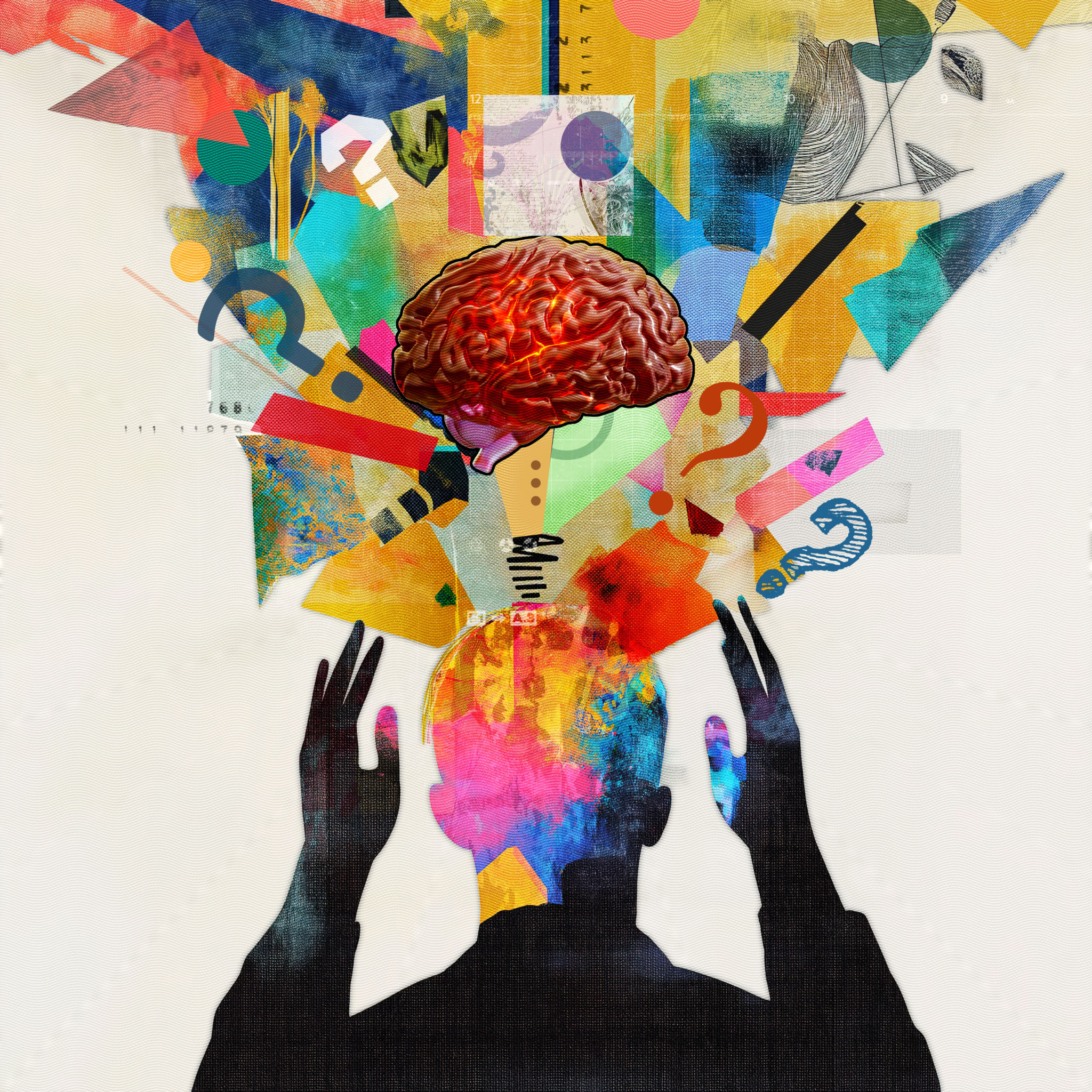Can You Make Me Cluck Like a Chicken?
The Neuroscience of Hypnosis
"Can you make me cluck like a chicken?"
It's a question I get asked from clients all the time. And the short answer is yes, I could—if you genuinely wanted me to! But, of course, that's not going to help you right now with managing your anxiety or overcoming insomnia. Stage hypnosis has given the practice a reputation for trickery, but the truth about how hypnosis works is far more fascinating, scientifc and professional.
It all comes down to a temporary, targeted reorganization of your brain's internal security system.
Hypnosis is not mind control, but a highly focused state of attention where your mind becomes profoundly responsive to suggestion.
Neuroimaging studies have identified exactly how this happens, focusing on how we temporarily bypass the mind's natural skeptic, which we call the Critical Faculty, not an actual part of the brains anatomy but a region of brain areas that work together.
The Critical Faculty: Your Brain’s Security Guard
The Critical Faculty is the part of your mind that constantly acts as a gatekeeper or guard or the brain's firewall. Its job is to vet every piece of incoming information and ask: "Does this make sense? Does this conflict with what I know is real?"
This guard is why, when you are fully concscious, the suggestion to "cluck like a chicken" or "forget your name" is immediately rejected. It clashes with your established reality. To accept a suggestion under hypnosis, this guard needs to be temporarily neutralised. This happens in two key steps involving major brain networks:
Quietening the Archive of Doubt (The DMN)
The first step in hypnosis is focused attention and deep relaxation, which targets your Default Mode Network (DMN).
The DMN is your brain’s Archive of Self-Doubt. It handles all your internal monologue, self-reflection, planning, and accessing personal memories. When your Critical Faculty needs a reason to reject a suggestion, it consults the DMN's extensive files of established beliefs and experiences.
When a hypnotic state is induced, brain scans show that we systematically quieten the DMN.
By silencing this network, you effectively close the file archive. The Critical Faculty's guard can no longer pull up arguments or internal context to generate skepticism. The source of self-doubt is momentarily offline, creating a highly permissive state of mind.
Paralyzing the Alarm System
The second step involves the Anterior Cingulate Cortex (ACC), which acts as the brain’s Conflict Alarm System or Novelty Detector.
The ACC’s job is to scan for any contradiction (like seeing the word "RED" coloured in blue) and then signal the "fix-it" part of your brain—the Executive Control Network (or secretary) —to step in and resolve the conflict. This is how you normally stop yourself from acting on a silly thought.
During hypnosis, the functional connection between the ACC (the alarm) and the ECN (the action-taker) is decoupled, or simply the communication wire is cut.
The brain might detect the conflict (it knows you shouldn't be clucking like a chicken, or your arm isn't supposed to be floating in the air), but the signal to do something about it—to reject the suggestion and restore normal control—is paralysed. The security guard might ring the alarm bell, but the external executive team can't hear the signal to step in.

A Unified and Focused Mind
The clucking chicken suggestion or arm floating in mid-air is accepted not because you've lost control, but because your attention has been hyper-focused on the suggestion, and your internal critical systems have been strategically bypassed:
So it really is as easy as 1-2-3
1 - The DMN (Archive) is quiet, removing the source of doubt.
2 - The ACC’s conflict signal is blocked from reaching the control centre.
3 - All available mental resources are now channeled by your Executive Control Network toward accepting and executing the suggested behavior (in this case, clucking or your arm raised in the air).
When applied clinically, this same sophisticated process allows us to bypass the chronic, skeptical vigilance that often fuels pain perception, anxiety, or destructive habits.
It temporarily quiets the self-critical noise and paralyses the mental alarm system, allowing powerful, beneficial suggestions to take root and create real change.
So the next time you see me and say "Can you make me cluck like a chicken?" Be very careful :)
